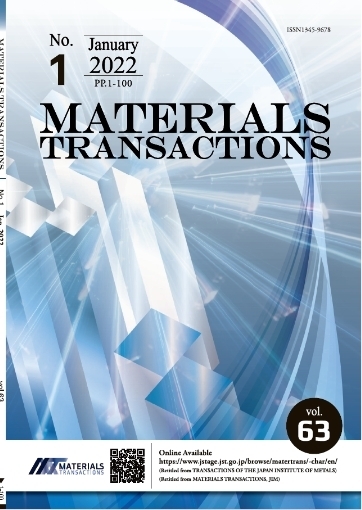Stress corrosion cracking (SCC) occurs in shrouds and piping of L-grade austenitic stainless steels at nuclear power plants. A work-hardened layer, where the transgranular SCC initiates, is considered to be one of the probable cause for this occurrence. In order to clarify the microstrucural characteristics of work-hardened layer at the surface of shrouds or piping, the strengthen analysis of L-grade austenitic stainless steel, 316(NG), rolled at the reduction in area, RA, of 10, 20, 30, 40 and 50% at room temperature were conducted on a nanoscopic scale, using an ultra-microhardness tester, TEM and SEM. TEM and SEM observation showed that the microstructural parameters are the dislocation cell size, dcel, coarse slip spacing, lcsl, and austenitic grain size, dγ. Referring 10dcel and 10lcsl, Vickers hardness, Hv, corresponding to macro strength was expressed as Hv=Hv*bas+Hv*sol+Hv*dis+Hv*cel+Hv*csl. Hv*bas (=100) is the base hardness, Hv*sol is the solid solution strengthening hardness, Hv*dis is the dislocation strengthening hardness in the dislocation cell, and Hv*cel and Hv*csl are the fine grain strengthening hardness due to the dislocation cell and coarse slip. Hv*sol was about 50, independently of RA. Hv*dis was zero at RA<30% and increased at RA>30%. Hv*cel and Hv*csl increased with increasing in RA and were kept constant at about 50 and 120 at RA=20 and 30%, respectively. It was suggested from these results that all dislocations introduced by rolling might be dissipated for the creation of dislocation cells and coarse slips at RA<30% and that the microstructure contributing to the fine grain strengthening due to the dislocation cell and coarse slip might be accomplished at RA=30%. The dislocation strengthening in the dislocation cell might begin to operate at RA>30%.










